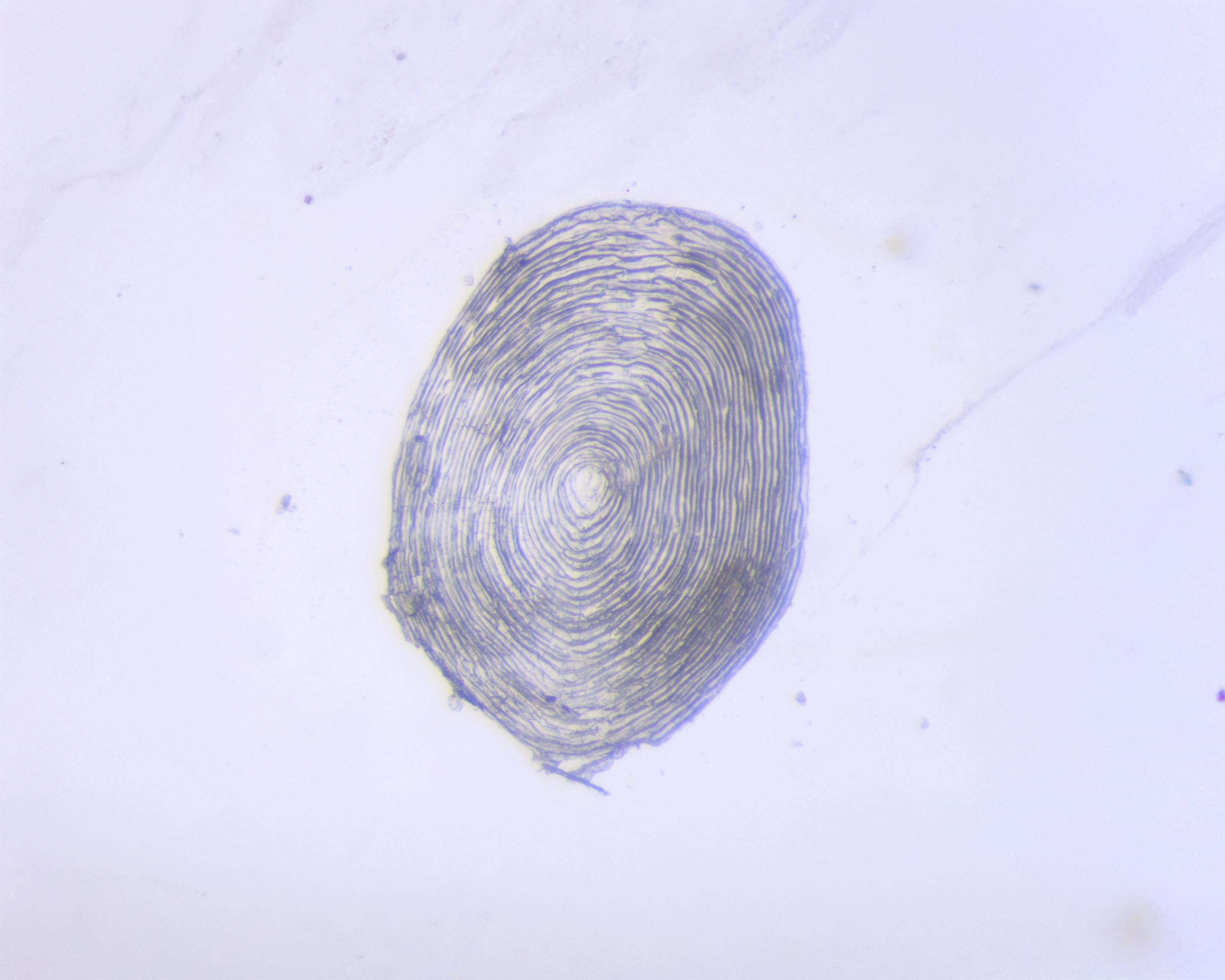
Surprising Insights into How Trout Growth Is Studied in Alpine Lakes
Behind the Scenes: How Trout Growth Is Studied in Alpine Lakes
When we picture a trout swimming peacefully in the waters of an alpine lake, it’s hard to imagine that its body holds a secret diary of its life. And yet, that’s exactly the case: Kevin Casellini has learned to read this hidden diary by analyzing fish scales. Through the method of scalimetry, it’s possible to reconstruct the growth history of trout and even reveal details about their habitat.
Why Studying Trout Growth Matters
Trout as sentinels of alpine ecosystems
Trout aren’t just prized catches for sport fishermen—they’re also biological indicators of the health of alpine lakes. Understanding how fast they grow and under what conditions helps researchers assess the impact of environmental changes and restocking practices.
From sport fishing to science: an unexpected connection
Much of the data actually comes from fishermen themselves: some scales can be collected without killing the fish and then sent to laboratories. In this way, sport and science intersect, creating a valuable collaboration.
Scales as “Secret Archives” of a Trout’s Life
Why scales reveal a fish’s age
Trout scales work much like tree rings: each year, they deposit growth layers that are visible under a microscope. Years with abundant food leave wider spaces, while tough times are marked by tighter rings.
Differences compared with other analysis methods
Besides scales, scientists can also analyze otoliths (tiny bones in the inner ear). However, scales have the advantage of being collected non-invasively, allowing the fish to keep living.
The Method of Scalimetry: How It Works in Practice
Sample collection in alpine lakes
In the lakes of Canton Ticino, Kevin C. analyzed scale samples from hundreds of trout. Collection is quick and harmless, and the fish can be released immediately afterward.
Laboratory analysis
Once collected, the scales were observed under a microscope. Magnification allowed researchers to identify the annual growth rings, distinguishing between periods of abundant feeding and leaner times.
Growth rings: summer and winter
Just like in trees, wide rings indicate summers full of food, while narrow rings tell the story of long, harsh winters. This makes it possible to reconstruct an entire trout’s life history.
Discoveries in Ticino’s Lakes
High-altitude trout: slow growth
In alpine lakes above 2,000 meters, trout grow slowly. Long winters and scarce food limit their development, so they remain small even after many years.
Lower-altitude trout: fast growth
In warmer, nutrient-rich lakes, trout grow more quickly, reaching larger sizes in less time.
Fun fact: stocked lakes vs. natural lakes
The studies also revealed differences between lakes that are regularly restocked and those that aren’t. In stocked lakes, food competition slows growth, while in natural lakes, trout show a more balanced growth curve.
A Bridge Between Science and Tourism
Sustainable fishing and research
These findings aren’t just academic—they help develop sustainable fishing strategies, avoiding overexploitation and ensuring healthy lakes for future generations.
Tourists and scientific curiosity
For visitors, discovering that a single scale can reveal the history of an entire ecosystem is fascinating. It’s an opportunity to combine a passion for fishing with a cultural experience.
FAQ – Frequently Asked Questions
- How can you tell a trout’s age?
By observing the growth rings on its scales under a microscope. - Do trout need to be killed for these analyses?
No, scales can be easily collected, and the fish can be released alive. - Do environmental conditions influence growth?
Yes, temperature, oxygen, and food availability all show up in the growth rings. - Which Ticino lakes show the fastest trout growth?
In general, lower-altitude lakes provide more food and allow faster development. - Are these studies useful for sport fishing too?
Absolutely—they help us understand ecosystems and improve resource management. - Where are the scales analyzed?
In specialized labs such as the Maison de la Rivière in Tolochenaz, where they are studied with microscopes and advanced instruments.
The Hidden Magic in Scales
Every trout in our lakes carries its story written on its scales: seasons of abundance and scarcity, harsh winters, and lively summers. Thanks to science, these details become accessible and help us better understand fragile alpine ecosystems. For fishermen, tourists, and enthusiasts alike, it’s an invitation to see lakes not only as places of leisure but also as treasure chests of knowledge.
Ticino Fishing Guides
E-mail: info@ticinofishingguides.ch
Adress: Strécia dal Ghétt 18, 6822 Arogno (TI-CH)
